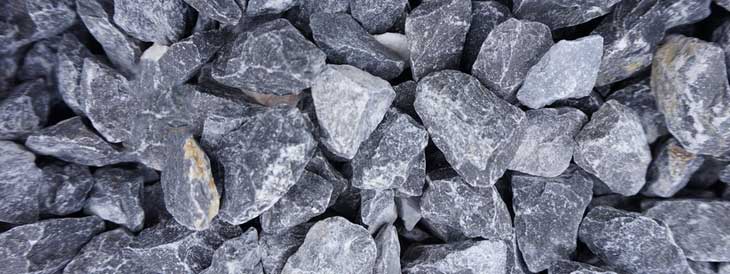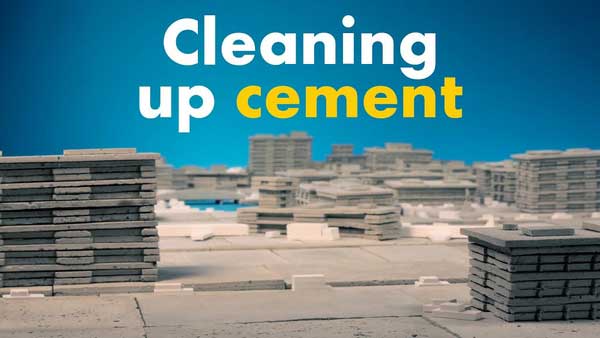Cement production and emissions
Concrete is the most widely used building material in the world. It is so flexible, strong and practical that we use unimaginable amounts of the material worldwide. The main ingredient of concrete is cement, and total world cement production in 2016 was about 4.2 billion tons
Cement is produced by grinding and burning limestone together with quartz and shale. The mixture is heated in large, rotary kilns to about 1450 degrees Celsius. The clinker is ground with, say, gypsum, and we have cement.
Limestone
Limestone is a carbonaceous sedimentary rock composed of skeletal fragments of marine organisms such as coral, foraminifera and mollusks. The main materials are the minerals calcite and aragonite, different crystal forms of calcium carbonate (CaCO3).
 Limestone
Limestone
When limestone is heated, a chemical process called calcination is started, which burns CO2 from the limestone. Most emissions from the cement industry come from the calcination process, the rest from kiln heating and transportation. Cement production releases large amounts of CO2, about 1 ton of CO2 per ton of clinker. About 40% comes from fuel combustion, fine grinding, etc., and 60% from decarbonization of limestone into clinker minerals.
Emissions
One way to reduce CO2 emissions is to replace clinker with other materials such as slag, limestone powder, fly ash, silica dust and natural pozzolans. The type of substitute material depends on availability (quantity, price and transportability) and thus depends on the geographic location of the cement plant.
The combined emissions of the global cement industry are estimated to be about 5-7% of total CO2 emissions - across all industries and sectors.
Solution for lower emmissions
As the global population increases, finding lower-carbon building materials is vital as the world shifts to net zero. Discover in the video above, how Northern Lights, a partnership between Shell, Equinor and TotalEnergies, combines a specially designed ship with carbon capture and storage technology to help one cement producer lower its emissions.

